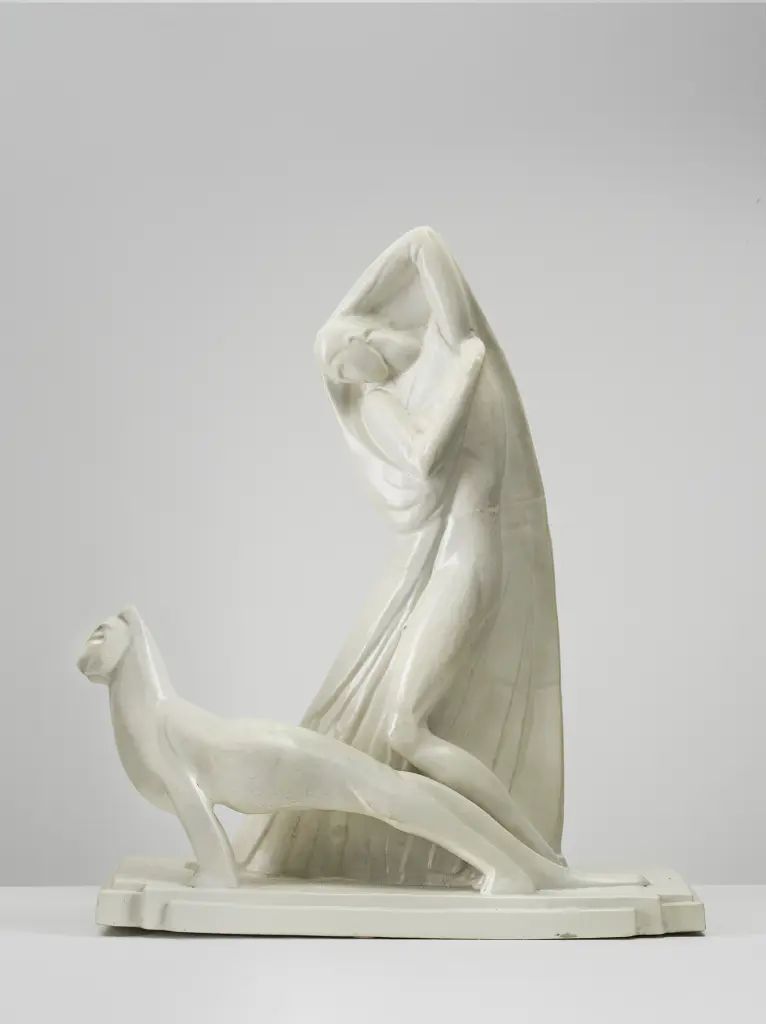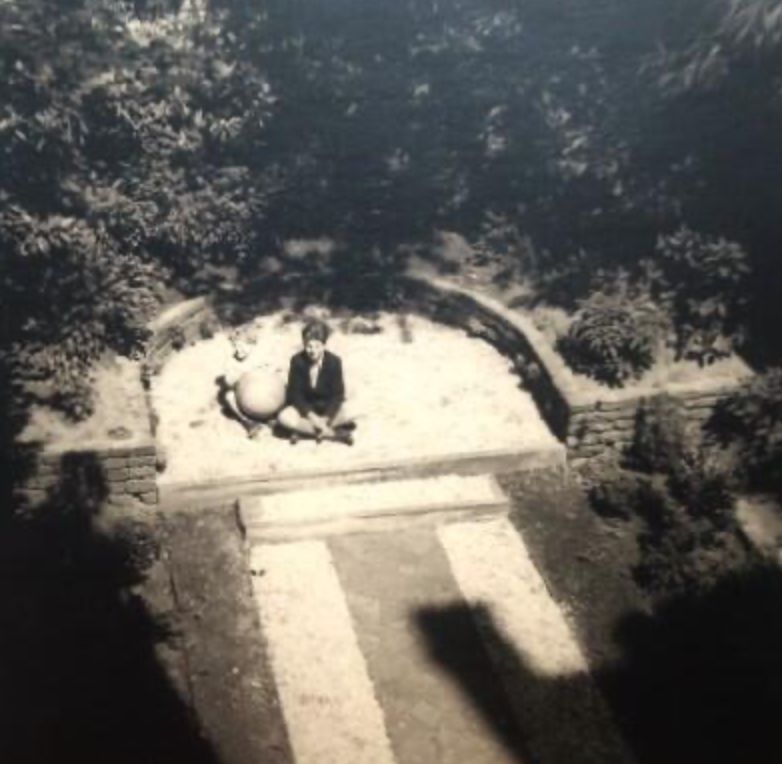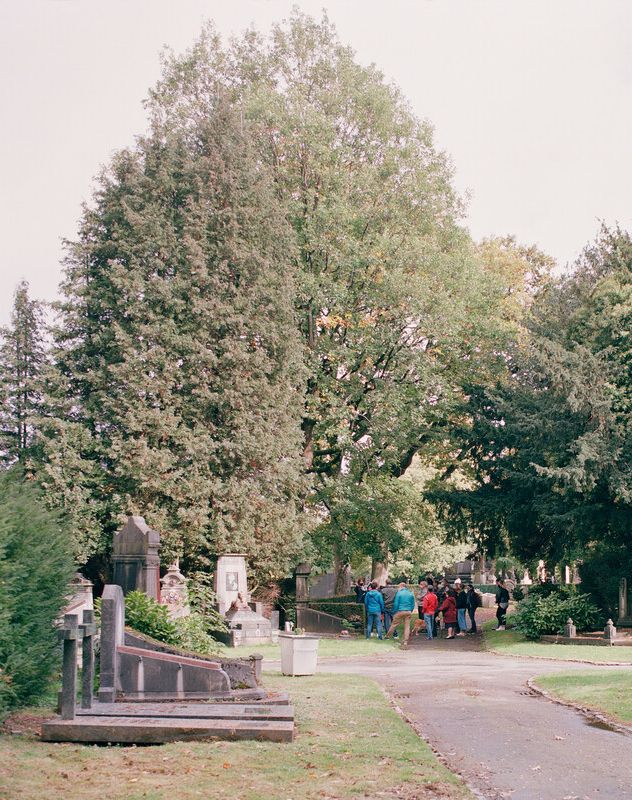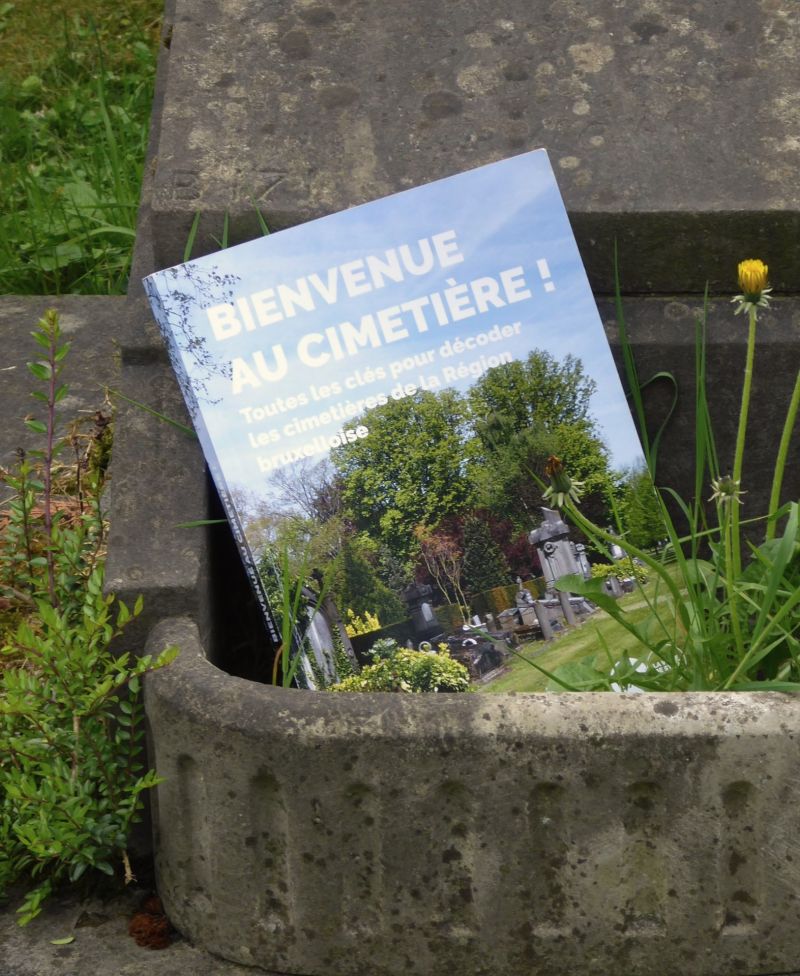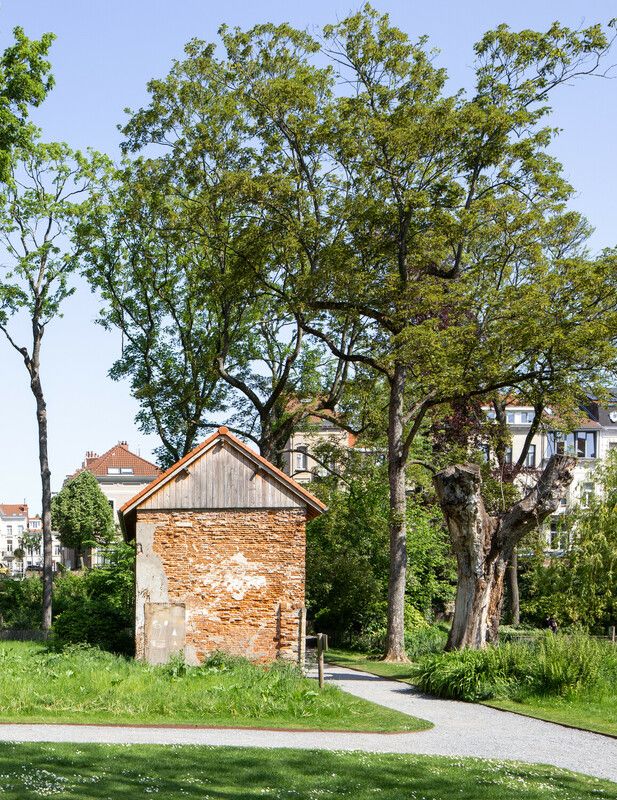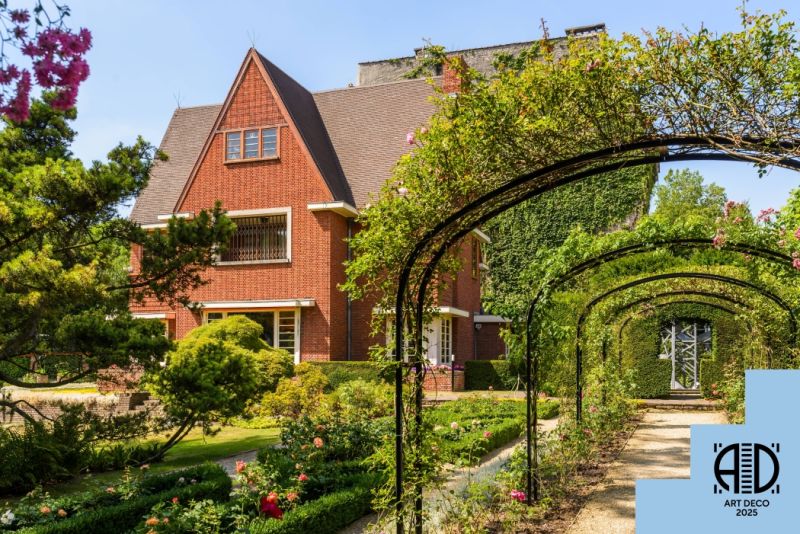#modernity2025 #artdeco2025
1925-2025: to celebrate the centenary of Art Deco, Urban, visit.brussels and their partners have put together a programme packed with discoveries for the capital.
To mark the occasion, and throughout the year, Urban is highlighting themes linked to this vibrant programme.
This third focus puts the spotlight on interbellum garden art, in conjunction with several events celebrating Brussels' green spaces.
Art Deco gardens in Brussels?
In the 1920s and 1930s, Art Deco was a huge success in Brussels, with architectural designs featuring angular shapes and bright colours. But what about the garden era, in the capital as well as in the rest of the country? This question will be explored by Odile de Bruyn, landscape history consultant, in an article to be published this autumn in “Bruxelles Patrimoines”, edited by Urban.
The 1925 Paris Exhibition of Modern Decorative Arts
At the 1925 Exposition internationale des arts décoratifs et industriels modernes, the garden section, headed by urban planner and landscape architect Jean Claude Nicolas Forestier, stood out for its innovative creations, fully in keeping with the Art Deco vein to which the event gave its name.
Among them is Gabriel Guévrékian's Garden of Water and Light, a kind of cubist canvas composed of triangles and solid colours. The concrete trees designed by architect Robert Mallet-Stevens with sculptors Jan and Joël Martel were another installation that divided opinion.
Jules Buyssens and The New Picturesque Garden
While these two examples are extreme, French garden design at the time saw a return to the "regular style" advocated by architect and urban planner André Véra in his 1912 book "Le Nouveau Jardin".
This aesthetic of straight lines met with little success in Belgium, however, due to another major influence, that of Jules Buyssens. The man who was chief landscape architect for the City of Brussels between 1904 and 1937 was also one of the initiators, in 1913, of the "Nouveau Jardin Pittoresque" magazine and movement, named as a reaction to Véra's "Le Nouveau Jardin".
The movement, inspired by the wilderness, was adopted by a large number of Belgian architects, including Art Deco greats such as Adrien Blomme and Joseph Diongre. Under the influence of the Arts and Crafts movement, the garden was designed as a series of scenes with different atmospheres that visitors discover as they stroll along: water garden, alpine garden, rock garden, wall garden, rose garden, etc.
Perhaps the finest illustration of The New Picturesque Garden principles can be found in the gardens of David and Alice van Buuren's villa in Uccle, a museum since 1975. Designed by Buyssens himself between 1927 and 1930, The Picturesque Garden, with its stream and Japanese steps, and the Grande Roseraie below, combine all the ingredients dear to the landscape architect.
A classified site since 1997 and restored with the support of Urban from 2009 to 2021, these gardens were included in the European Route of Historic Gardens in 2023.
An Andalusian garden behind Avenue Louise
Same period, different style: the Arab-Andalusian garden was also in vogue between the wars, both in France and Belgium. Brussels still boasts a magnificent example, in the Hotel Wielemans, designed in 1926 by architect Adrien Blomme for industrialist Léon Wielemans and his wife Yvonne.
Created during a trip by the couple and their architect to discover the palaces of Andalusia, the residence combines Art Deco and Hispanic-Moorish inspirations. It is organised around a patio, which interacts with a garden designed in the same Andalusian spirit. As was traditional, water plays a central role, with channels connecting polygonal fountains in brick, stone and glass mosaic. Carefully selected vegetation also completes the composition.
Fully listed since 1994, the hotel underwent a major restoration in 2022-2024, carried out by Archicaz with the support of Urban, which restored the garden to its original splendour.
→ Find out more about the Hôtel Wielemans in the Inventaire du Patrimoine (Heritage Inventory).
Art Deco Brussels 2025 programme
The Art Deco Brussels 2025 programme offers the public the opportunity to discover the different facets of this movement, in particular the green spaces designed at the time.
Exhibition • "Around Art Deco. Interbellum sculptures" at the Van Buuren Museum & Gardens
In 2025, the Van Buuren Museum & Gardens celebrates its 50th anniversary with a series of events linked to Art Deco, including an exhibition in its magnificent gardens from 24 April to 28 September. The retrospective has been conceived in dialogue with the site's landscape architecture and features works by Belgian and international sculptors such as Rik Wouters and Ossip Zadkine.
Event • "Garden Tales" organised by CIVA
An annual rendezvous for nature lovers, Garden Tales 2025 will feature an Art Deco theme. The programme includes an inaugural conference on 14 May, focusing on the question "Can a garden be Art Deco?", followed on Sunday 18 May by an exceptional day opening the doors to private parks and gardens from the inter-war period.
Event • "Cemeteries' Spring" at the Brussels Cemetery in Evere
For the 4th year running, the City of Brussels is taking part in the international "Cemeteries' Spring" event, with a weekend of events and guided tours at the Brussels Cemetery in Evere on 17 and 18 May. The event will highlight the Art Deco version of funerary art, linked to the biodiversity of this majestic resting place.
Publication • "Bienvenue au cimetière !" (Welcome to the cemetery!) educational booklet
The "Cemeteries’ Spring" weekend on 17 and 18 May coincides with the release of an educational booklet on the region's resting places, created by Les Classes du Patrimoine with the support of Urban. Designed for teachers and the public alike, this booklet provides all the keys you need to familiarise yourself with the cemeteries of Brussels.
Also interesting to know
Find out more about green spaces in Brussels
Visit the Urban Natural Heritage Inventory website.
Launched in 2002, this rich database lists the capital's remarkable trees, gardens, parks and other green spaces, including those dating from the 1920s and 1930s. They can be discovered under the "site" tab by selecting, for example, "city garden" or "landscape park".


